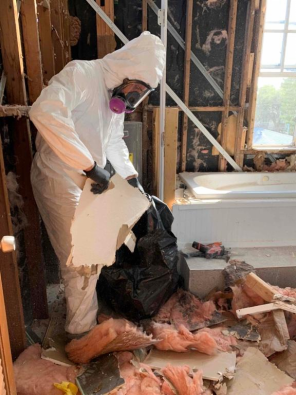
Floods, like other natural disasters, can prove to be extremely terrifying, wreaking extensive damage on the structural integrity of a property within a matter of hours.
Understanding the necessity of immediate flood restoration services in Bradenton is crucial, as timely intervention can prevent further damage and ensure a safer, quicker recovery process.
This blog provides a comprehensive guide to emergency flood restoration, detailing the critical steps involved and highlighting the importance of professional intervention.
Local Flood Statistics in Bradenton
Bradenton has experienced a notable increase in flood events over recent years. According to local reports, the number of flood-related incidents has been increasing over the past decade.
The area’s susceptibility to hurricanes and heavy rains makes it imperative for residents to have access to reliable 24/7 flood cleanup assistance.
The Impact of Flooding on Properties
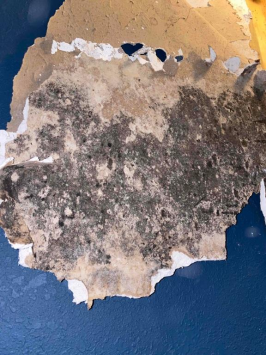
Flooding can wreak havoc on homes and businesses, leading to structural damage, electrical hazards, and potential mold growth.
In Bradenton, recent statistics indicate that flooding has become an increasing concern, with several areas experiencing significant water damage during heavy rainstorms and hurricanes. The effects of flooding, as described by professional flood restoration teams in Bradenton include:
Structural Damage
One of the most severe impacts of flooding is the structural damage it can cause. Water can weaken the foundation of buildings, leading to:
· Cracks in Walls and Floors: The pressure from floodwaters can cause walls and floors to crack, compromising the integrity of the structure.
· Foundation Erosion: Prolonged exposure to water can erode the foundation, leading to instability and potential collapse.
· Damage to Building Materials: Wood, drywall, and other building materials can swell, warp, or rot when saturated with water, necessitating extensive repairs or replacements.
Electrical Hazards
Flooding poses significant risks to electrical systems within properties. Water and electricity are a dangerous combination, leading to:
· Short Circuits: Water can cause short circuits in electrical wiring, increasing the risk of fires.
· Damaged Electrical Appliances: Appliances exposed to water may malfunction or become completely unusable.
· Risk of Electrocution: Standing water in contact with electrical outlets or devices can pose a serious risk of electrocution to anyone entering the flooded area.
Mold and Mildew Growth
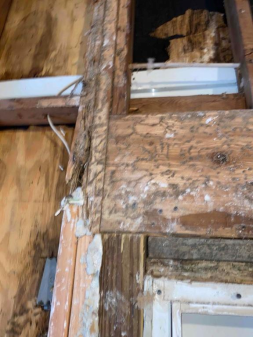
Floodwaters create the perfect environment for mold and mildew to thrive. The presence of moisture can lead to:
· Health Issues: Mold spores can cause respiratory problems, allergic reactions, and other health issues, particularly for individuals with pre-existing conditions.
· Damage to Property: Mold can grow on walls, ceilings, floors, and personal belongings, leading to further damage and increased restoration costs.
· Unpleasant Odors: The presence of mold and mildew can cause musty odors that are difficult to eliminate without professional cleaning.
Contamination and Health Risks
Floodwaters often carry contaminants that can pose serious health risks. These may include:
· Sewage and Bacteria: Floodwaters can mix with sewage, introducing harmful bacteria and pathogens into the property.
· Chemicals: Industrial and household chemicals can be swept into floodwaters, creating toxic environments.
· Debris: Sharp objects, debris, and hazardous materials carried by floodwaters can cause injuries and further damage to properties.
Property Loss and Financial Impact
Flooding can result in significant property loss and financial burdens, including:
· Damage to Personal Belongings: Furniture, electronics, clothing, and other personal items can be ruined by water exposure.
· Decreased Property Value: Extensive flood damage can reduce the market value of a property, making it harder to sell.
· Increased Insurance Costs: Properties located in flood-prone areas may face higher insurance premiums or difficulty obtaining coverage.
Given these potential hazards, emergency flood restoration is essential to mitigate damage and restore safety.
Steps in Professional Flood Restoration

When a flood strikes, the property damage can be overwhelming. Fast and effective intervention is critical to minimize long-term impacts and restore normalcy.
Immediate flood restoration services in Bradenton ensure that professional teams are ready to tackle the devastation promptly. Here, we outline the essential steps involved in professional flood restoration.
1. Initial Assessment and Inspection
The first step in any emergency flood restoration process is a thorough assessment of the affected area. Upon arrival, the restoration team conducts a detailed inspection to evaluate the extent of the damage. This involves:
· Identifying the source of the flooding.
· Assessing the severity of the water damage.
· Using moisture meters and infrared cameras to detect hidden water pockets.
This comprehensive assessment helps in formulating an effective restoration plan tailored to the specific needs of the property.
2. Water Extraction
Immediate water removal is crucial to prevent further damage. Professional restoration services in Bradenton use high-powered pumps and vacuums to extract standing water swiftly. This step is fundamental for fast emergency flood restoration because:
· It reduces the risk of structural damage.
· It minimizes the chance of mold growth.
· It protects personal belongings from further deterioration.
3. Drying and Dehumidification
After the water has been extracted, the drying process begins. This involves the use of industrial-grade air movers and dehumidifiers to eliminate residual moisture from walls, floors, and the air. The drying phase is essential because:
· It ensures that all areas are thoroughly dried.
· It prevents mold and mildew growth.
· It stabilizes the property's environment, preparing it for subsequent restoration steps.
4. Cleaning and Sanitizing
Floodwaters can bring in a host of contaminants, including sewage, bacteria, and chemicals. A comprehensive cleaning and sanitizing process is carried out to ensure the safety of the property. This includes:
· Using specialized cleaning agents to disinfect all surfaces.
· Applying antimicrobial treatments to prevent mold spores from spreading.
· Ensuring that the property is safe for occupants once the restoration is complete.
5. Restoration and Repairs
The final step in the professional flood restoration process in Bradenton involves restoring the property to its pre-flood condition. This may include:
· Repairing or replacing damaged drywall and flooring.
· Fixing electrical systems compromised by water exposure.
· Conducting any necessary structural repairs to ensure the building's integrity.
Flooding can be an overwhelming disaster, but understanding the steps involved in professional flood restoration can help property owners navigate the recovery process more effectively. Immediate flood restoration services in Bradenton provide the expertise and resources needed for fast emergency flood recovery, ensuring that properties are restored safely and efficiently.
If you find yourself struggling to manage flooding on your property and require the assistance of reliable emergency flood restoration and recovery services in Bradenton, feel free to reach out to us at Flood Pros USA.
Known for our immediate response, we are here to assist you day or night with immediate services to save and restore your property. Be it emergency flood cleanup, water damage restoration, or mold remediation and removal, our skilled workers know how to tackle property restoration through and through.
Contact us today and be assured that your property is in capable hands and will accelerate your return to normalcy.
Subscribe to Flood Pros USA's Blog



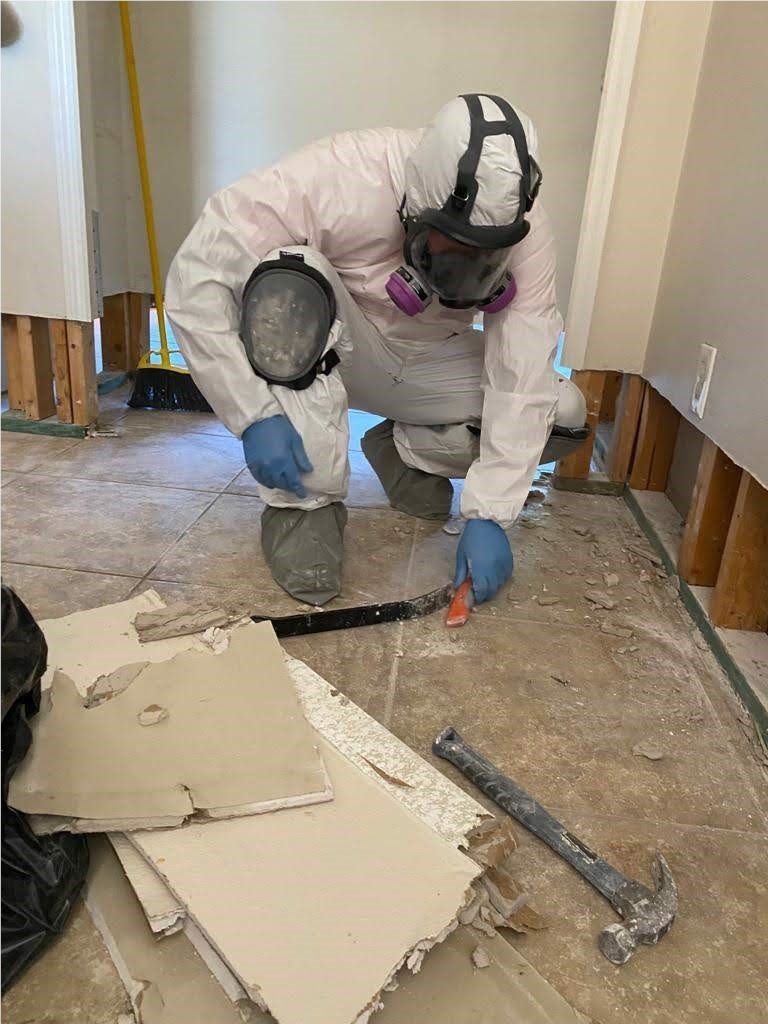
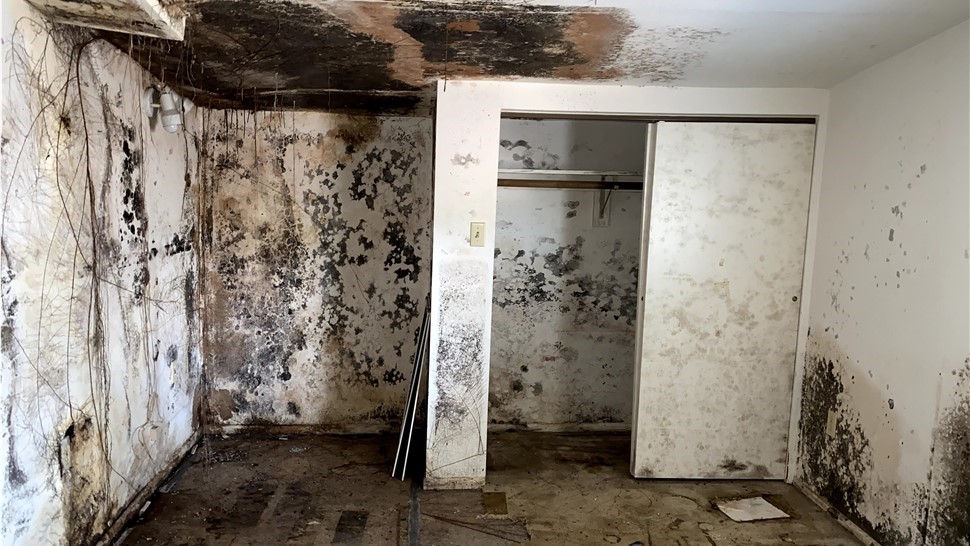
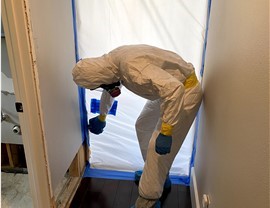

Comments